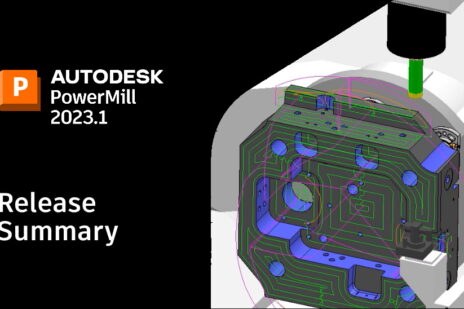
The future of manufacturing is an exciting one. The rapid pace of innovation across the globe has given rise to the need for technologies that can keep up with this blistering pace. One of the largest overarching themes in the manufacturing industry has been the approach of the fourth industrial revolution, or Industry 4.0, which is set to fundamentally change the way products are bought, manufactured, and delivered to end users. Some of the major technologies that are set to make this possible areadditive manufacturing, robotics, automation, machine learning, and generative design.
Generative design will create high-performance parts that are lighter, cheaper and stronger than anything a human designer can create in the same time frame, and it will create hundreds if not thousands of design iterations to choose from. This article will give you an overview of the current state of generative design and what the future holds for the automotive industry.

What is generative design?
Generative design is a computing technique that takes user-defined inputs and generates thousands of solutions based on the required parameters. A generative design study requires the definition of the following parameters at a minimum:
- Size
- Mass
- Material
- Manufacturing methods
Once these are defined, the algorithm will iterate thousands of design configurations. Wherever the design fails to meet the criteria, the algorithm will learn from the failures and improve on the next design iteration. At the end of the process, the design engineer will have the most efficient designs to choose from. These designs can then be reviewed and the best of them can be selected for further fine tuning or optimizing. This process allows for a vast saving in engineering time.
Benefits of generative design for vehicles
Generative design has a wide range of benefits, some of which are:
Part Consolidation – Where previously an assembly might have consisted of 10 individual components, a generative design solution could be manufactured as a single part. A reduction in part count and complexity, will mean an overall reduction in assembly time and the associated costs. It will also reduce the number of spare parts required.
Part Strength – A part made from a single piece of material designed by generative design will be stronger than an assembly consisting of several components, with joints and moving parts. Since safety is a critical factor in automotive design, stronger parts are a major benefit.
Light Weight – A lightweight part in a vehicle results in improved fuel economy, braking efficiency, and handling capability. It also means that there is less material used, which results in cost reduction.
Development Acceleration – If a problem is correctly defined, then the generative design algorithm will be able to generate solutions faster than an engineer can even write down the first equation. This results in significant labor saving.
Generative design in the automotive industry
The nature of generative design makes it ideal for the automotive industry, where every kilogram saved on a component relates directly to a tangible improvement in overall vehicle performance.
Examples of some of the uses of generative design in the automotive industry are:
- Seat Belt Bracket (General Motors) – The seat belt bracket is one of the most important components in the vehicle as it needs to keep the passenger safe during high load scenarios. Generative design allowed for this part to be optimized in terms of weight, strength and part complexity.
- Swing arm (Lightning Motorcycles) – A swing arm is essentially the component on which the rear wheel is mounted. This arm needs to be able to pivot vertically so as to allow the suspension to absorb all the shocks from the road surface. Optimizing this component using generative design allows for an overall improvement in performance.
Autodesk solutions for generative design
Autodesk was one of the first to commercialize generative design, which was initially developed under Project Dreamcatcher. The theory behind generative design is not new, but due to its computationally intensive nature, it would not have been useful outside of universities and research institutes. Now, with access to powerful computational systems on the cloud, the technology can be distributed to all who can derive benefit from it. Fusion 360 gives you access to generative design and powerful cloud computing.
Future outlook
Generative design is set to dominate the manufacturing industry. The productivity gains made by using this technology cannot be replicated using traditional means. With the ever-increasing power of machine learning and AI systems on the horizon, it’s clear that these systems will only become more capable of producing designs that are as efficient as is physically possible. Generative design will be one of the key technologies, alongside additive manufacture and the fourth industrial revolution, that will shape the automotive manufacturing industry.
For more information about Automotive Manufacturing click here



Add comment
Connect with: Log in
There are no comments